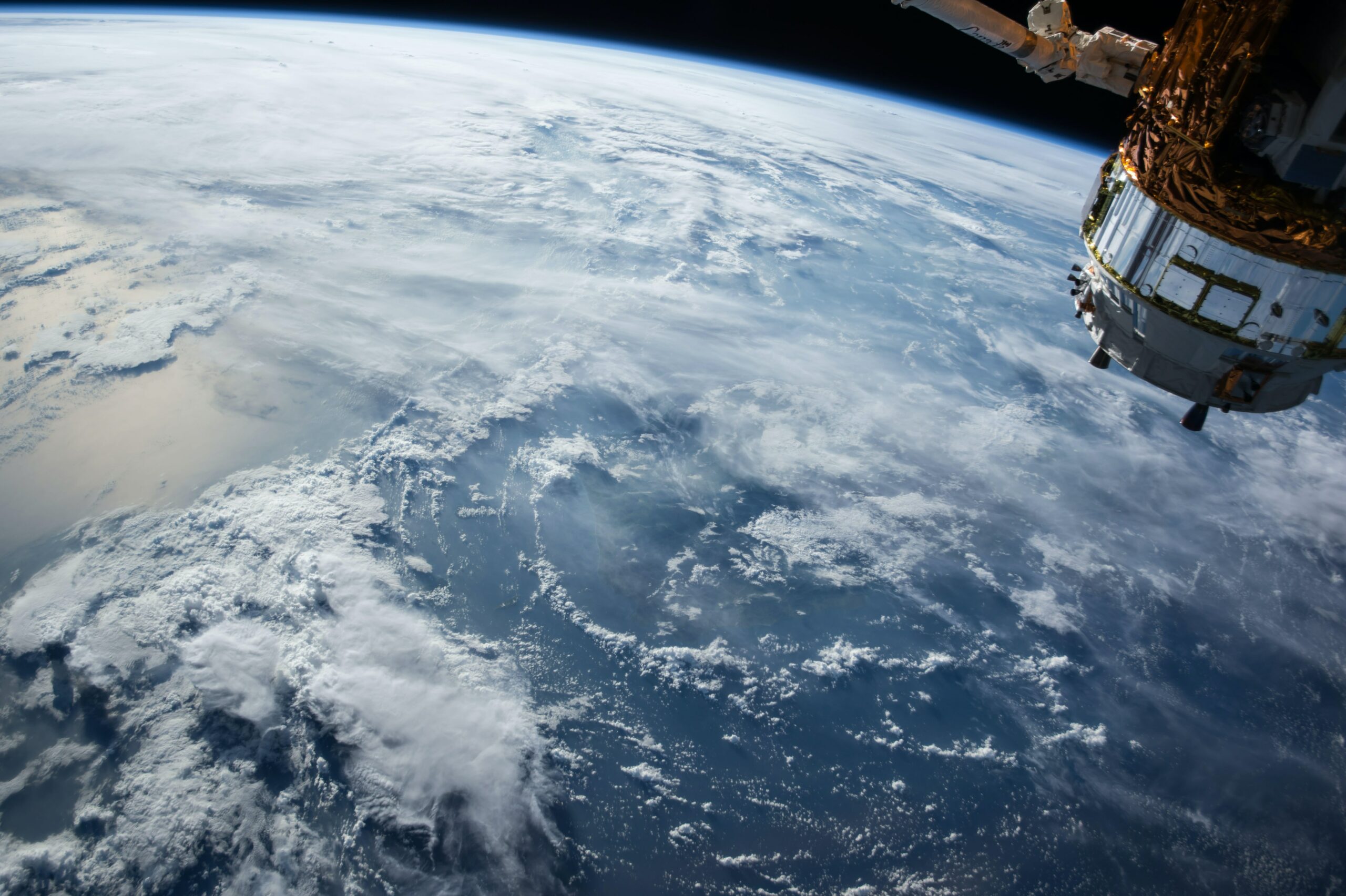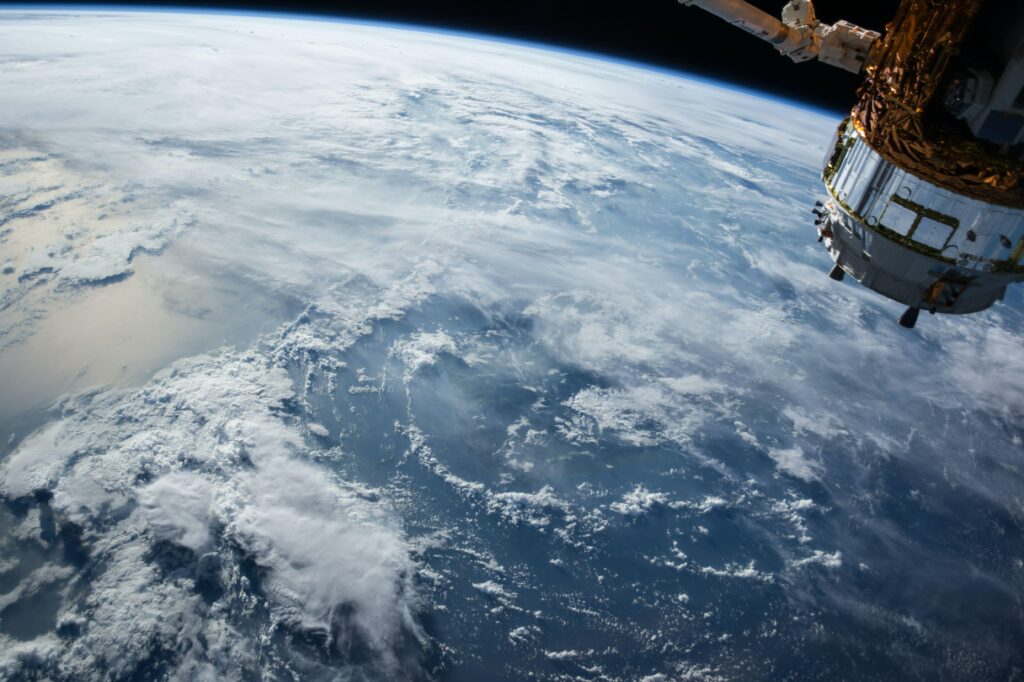
November 11, 2021

Latest space science research from around the world.
This month in space history
1 November 1923: American Robert H. Goddard successfully operated a liquid oxygen and gasoline rocket motor on a testing frame, both fuel components being supplied by pumps installed on the rocket.
2 November 2000: An American astronaut and two Russian cosmonauts became the first permanent residents of the International Space Station, at the start of their four-month mission. After their Soyuz spacecraft linked up at 12:00 CET, William Shepherd, Sergei Krikalev and Yuri Gidzenko entered the station, turned on the lights and life support systems, and proceeded to set up a live television link with the Russian mission control to confirm that the move-in was going well.
3 November 1957: A Siberian husky dog named Laika was sent into space in Sputnik II. She was the first living creature launched into space. Biological data was returned for approximately a week (the first data of its kind). The data showed scientists how Laika was adapting to space – information important to the manned missions already being planned.
3 November 1973: Mariner 10 was launched. Mariner 10 used Venus as a gravity assist to enable it to reach Mercury in 1974. During the fly-by, the spacecraft returned the first close-up images of the Venusian atmosphere in ultraviolet, revealing previously unseen details in the cloud cover.
4 November 2003: sunspot region 10486 released a massive solar flare, bigger than anything yet seen in recorded observational history. The flare saturated the X-ray detectors on several monitoring satellites. It was estimated as an X25 intensity flare, a level never seen before by ESA’s SOHO spacecraft. The associated coronal mass ejection (CME) came out of the Sun’s surface at about 2300 kilometres per second (8.2 million km/h).
6 November 1572: A supernova is observed in the constellation known as Cassiopeia.
6 November 2003: It was announced that the massive solar X-ray flare which occurred on 4 November 2003 was, at best estimate, an X28. X-class flares are big; they are major events that can trigger radio blackouts around the whole world and long-lasting radiation storms in the upper atmosphere. This is a new ‘Number One’ X-ray flare for the record books, the most powerful in recorded observational history.
7 November 1918: US rocket pioneer Robert H. Goddard demonstrated a tube-launched solid propellant rocket, using a music stand as his launching platform.
Also on 7 November 1631: French astronomer and mathematician Pierre Gassendi made the first observation of the transit of a planet. Kepler had predicted a transit of Mercury would occur in 1631. When Gassendi observed the dot of Mercury passing across the face of the Sun, he was surprised – it seemed far too small, according to ancient conceptions of the relative sizes of heavenly objects.
11 November 1572: Danish astronomer Tycho Brahe first observed a ‘new star’, (B Cassiopeiaeor Nova Cassiopeiae 1572), one of the few recorded supernovae in the Milky Way.
13 November 1998: The discovery of the 1000th pulsar in our galaxy was announced by the Jodrell Bank Observatory, University of Manchester, UK.
16 November 1973: Skylab III was launched from Cape Canaveral, USA. It was an 84-day mission that remained the longest American spaceflight for over two decades (until Norm Thagard broke it aboard Mirin 1995).
17 November 1995: The Europeans Space Agency’s ISO mission was launched by an Ariane 44P launcher from Europe’s spaceport in Kourou, French Guiana. Probing the cool and hidden Universe, the Infrared Space Observatory (ISO) was the most sensitive infrared satellite ever launched. ISO made particularly important studies of the dusty regions of the Universe, where visible light telescopes can see nothing. The wealth of data collected by ISO still produce important science results.
28 November 1964: The NASA Mariner 4 spacecraft gave scientists their first glimpse of Mars at close range.
30 November 1609: Galileo Galilei used his telescope for the first time to study the Moon.
(Source: NASA and ESA)
Check out the latest vacancies for the Programme Management Office for Digital Earth Africa at https://www.sansa.org.za/bursaries/careers-bursary-opportunities/vacancies/
The earth Observation Challenge is underway and you can track the Challenge at https://eochallenge.africa/
Check out some of the recent an upcoming launches from SpaceX at https://www.spacex.com/launches/index.html
Did you know?
October 4 to 10 marked World Space Week 2021 which this year celebrated women in space. To coincide with it, the European Space Agency (ESA) and Mattel sent a Barbie doll lookalike of Italian astronaut Samantha Cristoforetti – who is currently in training for her next mission to the International Space Station – on a zero-gravity flight from an ESA base in Germany. The aim was to inspire young girls to consider a career in space exploration and science.


